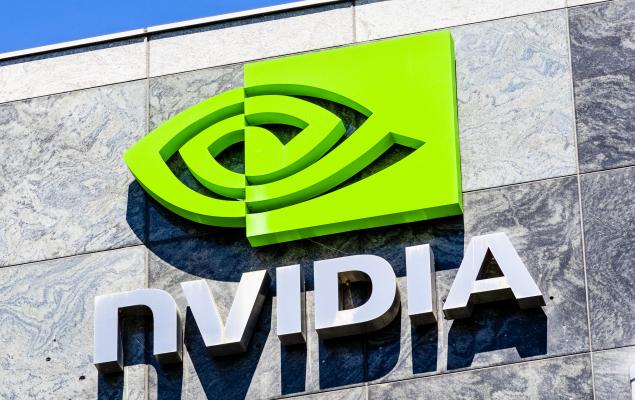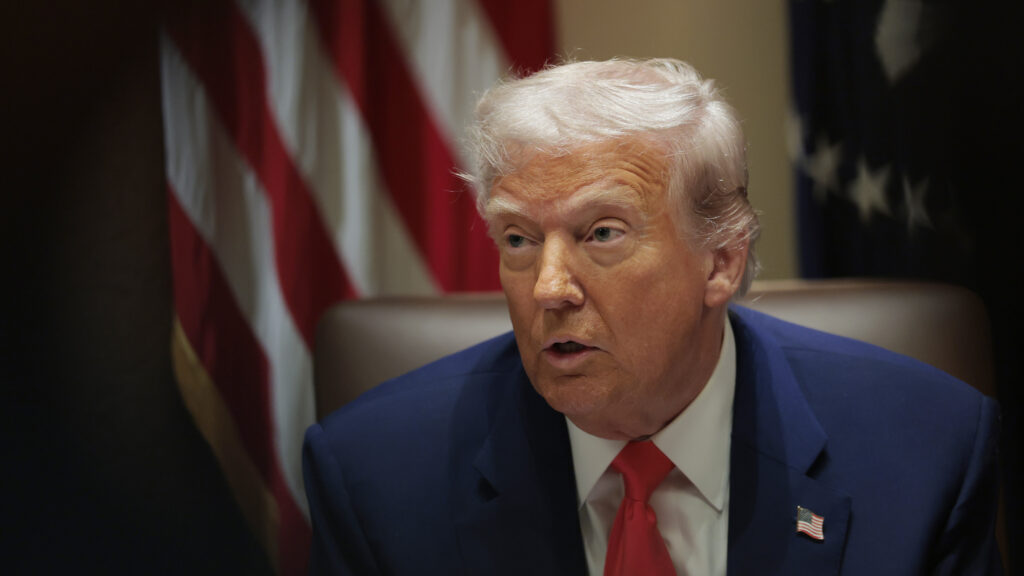Manufacturing Mirage: Trump's Industrial Policy Threatens U.S. Economic Resilience
Manufacturing
2025-03-27 16:00:00Content
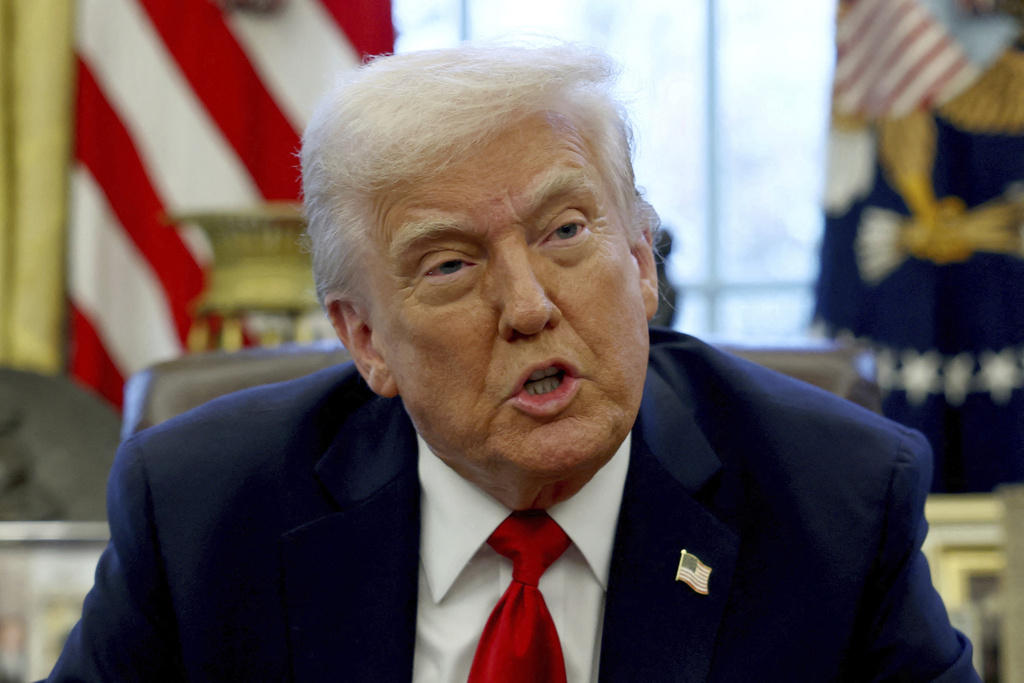
President Trump's bold vision of reviving American manufacturing may ultimately prove counterproductive, potentially creating a cascade of unintended consequences that could undermine the very economic renaissance he envisions.
The ambitious plan to reinvigorate domestic manufacturing is fraught with significant challenges. Consumers are likely to bear the brunt of increased production costs, as protectionist policies and reshoring efforts could drive up prices for goods across multiple sectors. Moreover, the environmental implications of rapid industrial expansion could be substantial, potentially offsetting any economic gains with increased carbon emissions and resource consumption.
Perhaps most critically, the manufacturing sector faces a profound skills gap. The complex, technology-driven nature of modern manufacturing demands specialized expertise that cannot be quickly or easily replaced. As traditional manufacturing jobs have declined over decades, the workforce has shifted, leaving a critical shortage of skilled workers needed to support a large-scale industrial revival.
While the intention to strengthen American manufacturing is commendable, the practical implementation may reveal a stark disconnect between political rhetoric and economic reality. The path to a true manufacturing renaissance requires more nuanced strategies that address workforce development, technological innovation, and sustainable economic growth.
The Manufacturing Mirage: Unraveling the Illusion of Trump's Industrial Revival
In the complex landscape of economic policy, the promise of a manufacturing renaissance has long been a tantalizing narrative for political leaders seeking to revitalize American industry. However, beneath the surface of this seemingly straightforward economic strategy lies a web of intricate challenges that threaten to undermine the very foundations of industrial resurgence.The Harsh Economic Reality Awaits: Why Manufacturing Dreams May Crumble
The Economic Paradox of Domestic Manufacturing
The pursuit of a domestic manufacturing renaissance represents a multifaceted challenge that extends far beyond simplistic political rhetoric. Economic experts have long recognized that the globalized nature of modern manufacturing creates significant barriers to localized production strategies. The intricate ecosystem of international supply chains, technological innovation, and labor market dynamics presents a complex puzzle that cannot be solved through mere political proclamations. The fundamental economics of manufacturing reveal profound structural challenges. Labor costs, technological infrastructure, and global competitive pressures create a nuanced landscape where protectionist policies often yield unintended consequences. Multinational corporations have developed sophisticated global networks that cannot be easily dismantled or redirected through unilateral policy decisions.Technological Disruption and Skill Shortage Challenges
The manufacturing sector stands at a critical technological crossroads, where automation and artificial intelligence are rapidly transforming traditional production methodologies. The skills required in modern manufacturing environments demand sophisticated technical expertise that cannot be quickly developed or imported. This technological revolution creates a significant skills gap that threatens the very foundation of domestic manufacturing aspirations. Advanced manufacturing requires a workforce equipped with complex technological skills, including robotics programming, data analysis, and advanced engineering capabilities. The current educational and training infrastructure in the United States remains inadequately prepared to meet these emerging technological demands, creating a potentially insurmountable barrier to industrial revival.Environmental and Economic Sustainability Concerns
The environmental implications of aggressive domestic manufacturing expansion present another critical dimension of concern. Traditional manufacturing processes often generate substantial carbon emissions and environmental degradation, contradicting contemporary sustainability goals. The push for domestic production must necessarily confront the complex challenge of balancing economic objectives with environmental responsibility. Sustainable manufacturing requires significant investments in green technologies, circular economy principles, and innovative production methodologies. These transformative approaches demand substantial capital investment and long-term strategic planning that transcends short-term political cycles.Global Competitive Dynamics and Economic Realities
The global manufacturing landscape represents an intricate network of interconnected economic relationships that cannot be easily restructured through unilateral policy interventions. Emerging economies like China and India have developed sophisticated industrial ecosystems that leverage significant competitive advantages in terms of labor costs, technological infrastructure, and scalable production capabilities. American manufacturers must navigate these complex global competitive dynamics, recognizing that protectionist strategies often result in reduced economic competitiveness and increased production costs. The delicate balance between domestic economic interests and global market realities requires nuanced, strategic approaches that extend beyond simplistic political narratives.The Human Cost of Industrial Transformation
Behind the macroeconomic discussions lie profound human experiences of economic transition. Workers in traditional manufacturing sectors face unprecedented challenges of technological displacement, requiring comprehensive retraining and adaptation strategies. The social and economic disruption associated with industrial transformation represents a critical dimension that cannot be overlooked in discussions of manufacturing policy. Effective industrial policy must prioritize human capital development, creating robust educational and training ecosystems that empower workers to thrive in technologically advanced manufacturing environments. This requires a holistic approach that integrates workforce development, technological innovation, and social support mechanisms.RELATED NEWS
Manufacturing
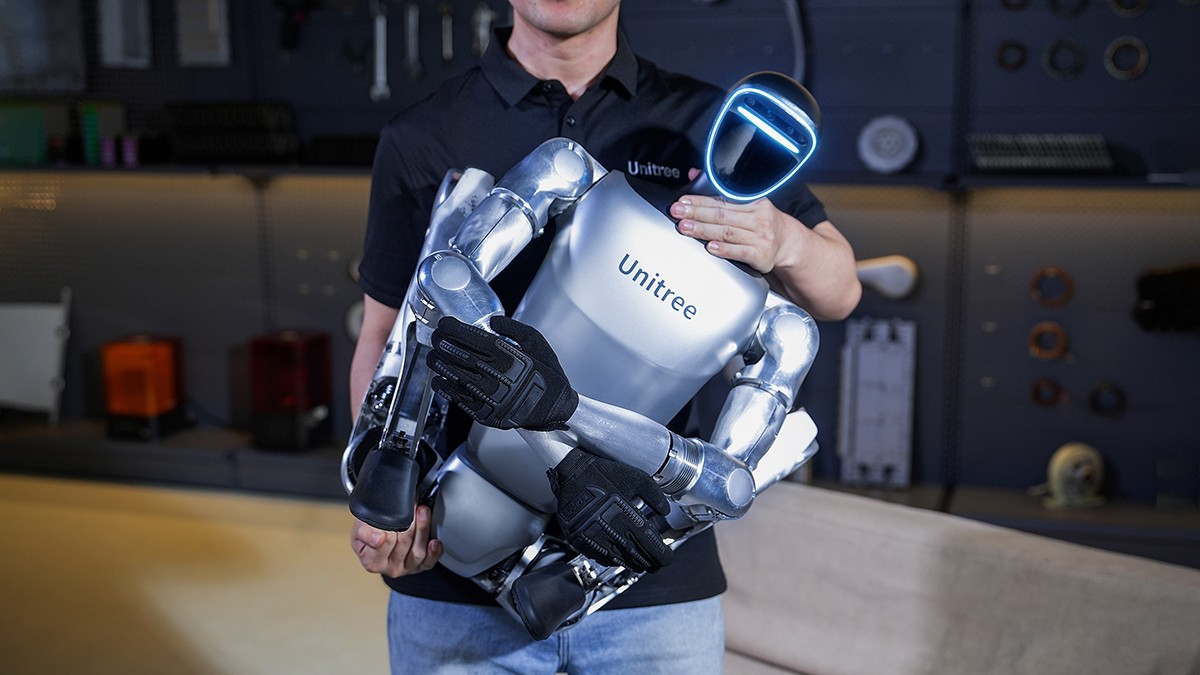
From Disruption to Destiny: How AME Rewrote the Innovation Playbook in a Decade
2025-04-07 09:00:49
Manufacturing
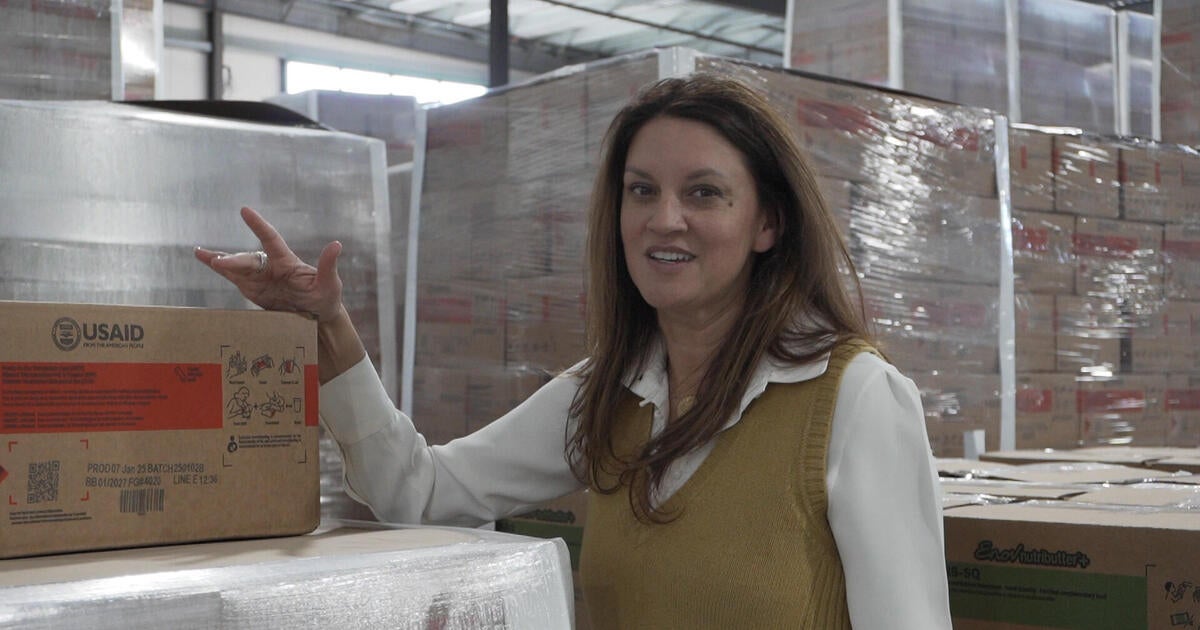
Lifeline in Limbo: How USAID Turmoil Threatens Critical Infant Survival Product
2025-02-28 23:42:35
Manufacturing
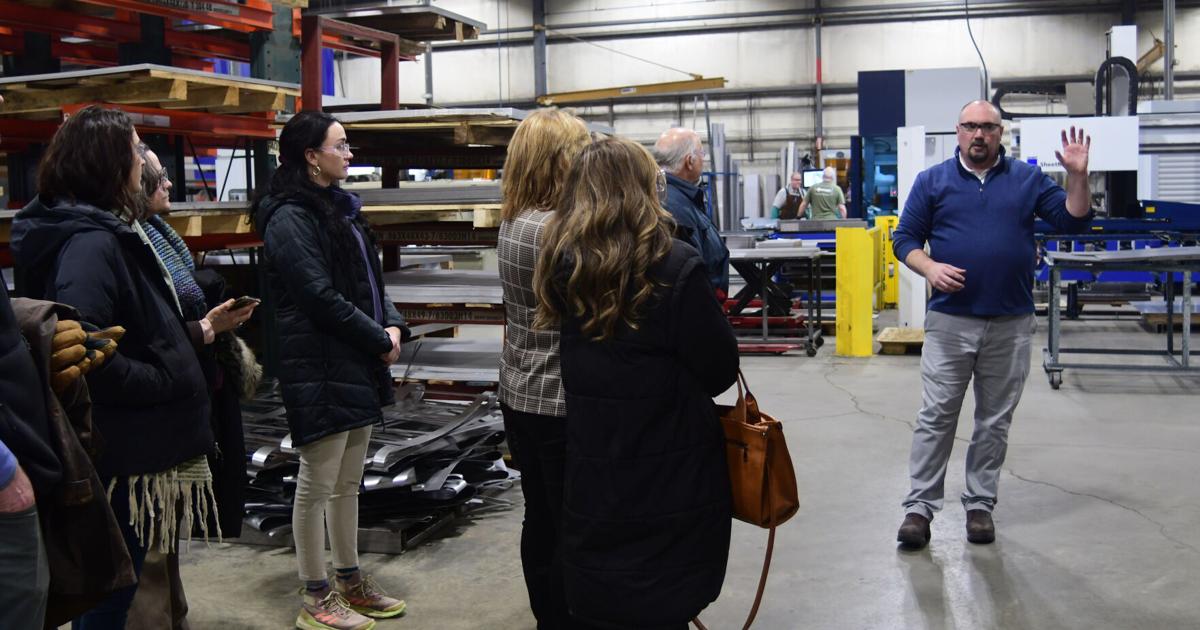
Manufacturing Boom: Local Firms Unveil Bold Growth Strategies for 2025
2025-03-29 11:15:00
